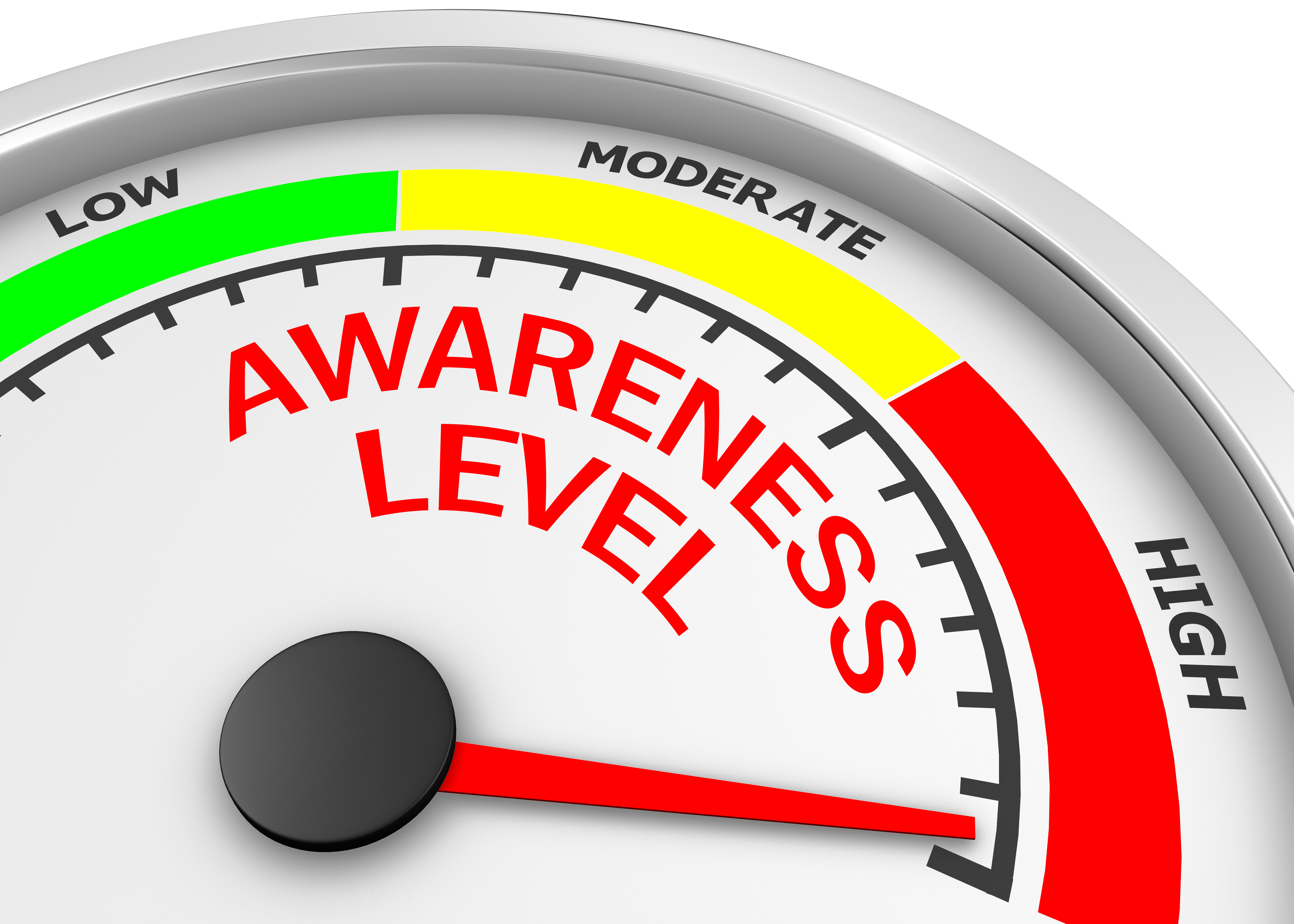
Stop.
Did you notice the last place you left your fingerprint? Or the last time you used the word “I” or “we?” What place do these seemingly small answers play into the bigger picture of your professional success and website SEO? We’re talking awareness. Through using emotions as a tool to navigate your social environment, your understanding and reaction to situations in your workplace are amplified. There is a direct parallel to building your awareness and the steps needed to drive your SEO. Our objective here is to build your awareness and drive your SEO in order to make 2019 your year!
A State of Consciousness
Awareness is a state of consciousness.[1] While the definition of consciousness is one that some spend their entire lifetimes defining, we’ll utilize the Eastern approach to its definition. Consciousness is the combination of internal and external senses that serve as a base for perspective of our total experience.[2]
For example, when we interact with someone we are using eye-consciousness, ear-consciousness, body-consciousness, and mind-consciousness. It is the combined attention to these senses that allow us to be fully present and aware of the other person we are interacting with. Within the consciousness of this conversation, it is not only being aware of the other person, but also within ourselves and the external environment around us.
The Ability to Recognize in Real Time
Awareness is the ability to recognize yourself, others, events, and situations in real time.[3] Have you ever sat in a meeting and realized you had no idea what was said for the last two minutes? That’s your mind wandering to your to-do list, the next meeting on your calendar, or what dinner looks like for the evening. It is difficult to stay in the present and really recognize the current state.
Awareness is more than just what is going on around you. It is also, how you, your body, and mind are processing the information being shared. In real time, it is monitoring the meeting room, discussion, and your reaction. It takes a considerable amount of energy and focus to uphold your awareness throughout the day.
In order to build awareness to recognize yourself, others, events and situations in real time it is helpful to step back and listen to your breath. When you begin a call or sit down for a meeting, take a breath. What is in front of you? What else are you hearing?
Real Time Tag Line to Bump up Your Website Engagement
Just as you work on staying in “real time” to increase your awareness, your website title and tag line need to stay in real time too. You can utilize tools like Google Analytics or trend searches to align with popular search criteria. By using the right keywords in your title your website will populate in searches boosting traffic to your website. Your Meta description, or the 60 character short title tag is another space to make sure your included in more search results. By checking these trends monthly and making slight adjustments to your title and Meta description you will drive clicks to your website content.
Assessing Impact
Awareness is the ability to assess the impact of actions on situations and others. In a packed work day, this can be very difficult. Each decision and discussion in the workplace has an impact. This impact will affect everyone differently. A key piece of awareness is recognizing this difference and understanding the ripple effect on each person. In having keen awareness of impact on situations, it will inform how you build future strategy. The awareness serves as the scaffolding to ensure you’ve considered the full picture thus successful in executing the decisions that drive where you are going.
Assessing Wants and Needs To Drive User Engagement
Just as you drive your ability to assess the impact of situations, you will also assess the needs of your audience. After you have used your key words to get the user to click on your website, how do you keep them there?
Stepping into the shoes of the user, they have clicked on your website for a reason. Using a combination of the keyword and what you deliver on your website, is it clear how to access the information they are looking for? For example, if you wrote an article on driving SEO, once the user is brought to your website, is it easy to find the article that drove them there?
If the user does not stay on your website and clicks the back button, it will impact the value your website is bringing around the search topic. Just as the more clicks to your website drives your placement in the google pages, it also works in reverse. By making sure your content is easy to find and access you’ll continue to build your SEO.
Critically Self-Reflective
Awareness is the ability to be critically self-reflective. In self-reflection we gain understanding into our goals, attitude, values, and emotions. This helps us regulate disruptive thought processes or emotions that impede our ability to take our best step forward. Self-reflection is only half of it. Bringing our critical sense to ourselves is where the tough work is done to challenge our being to perpetual improvement.

